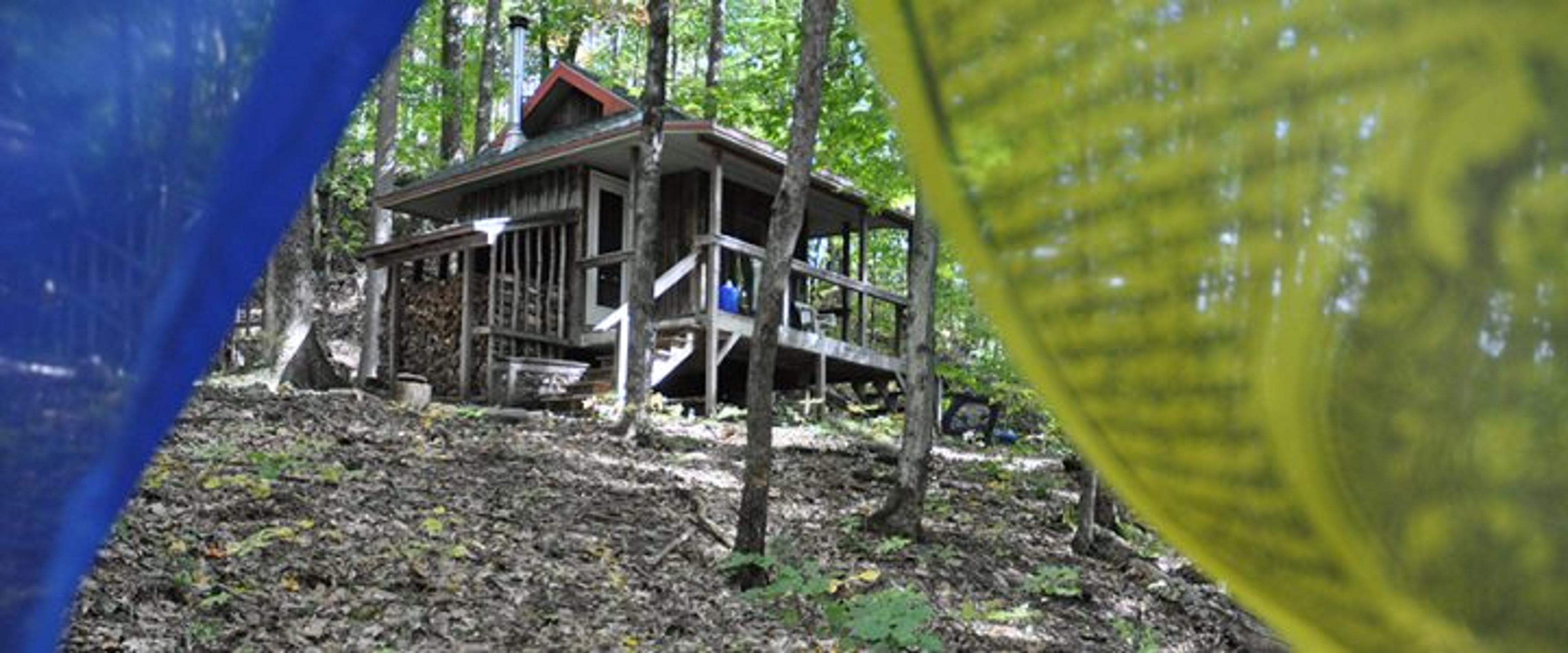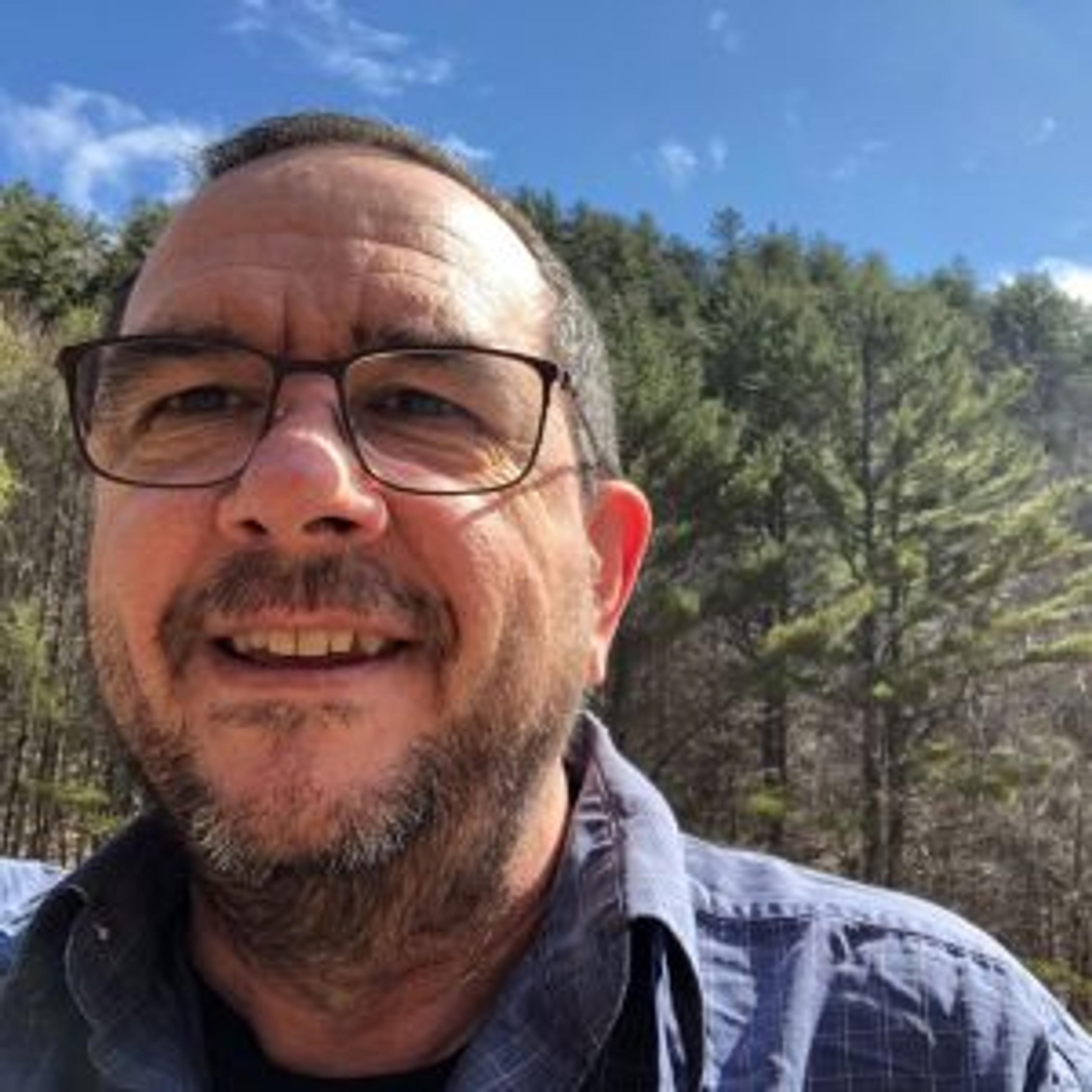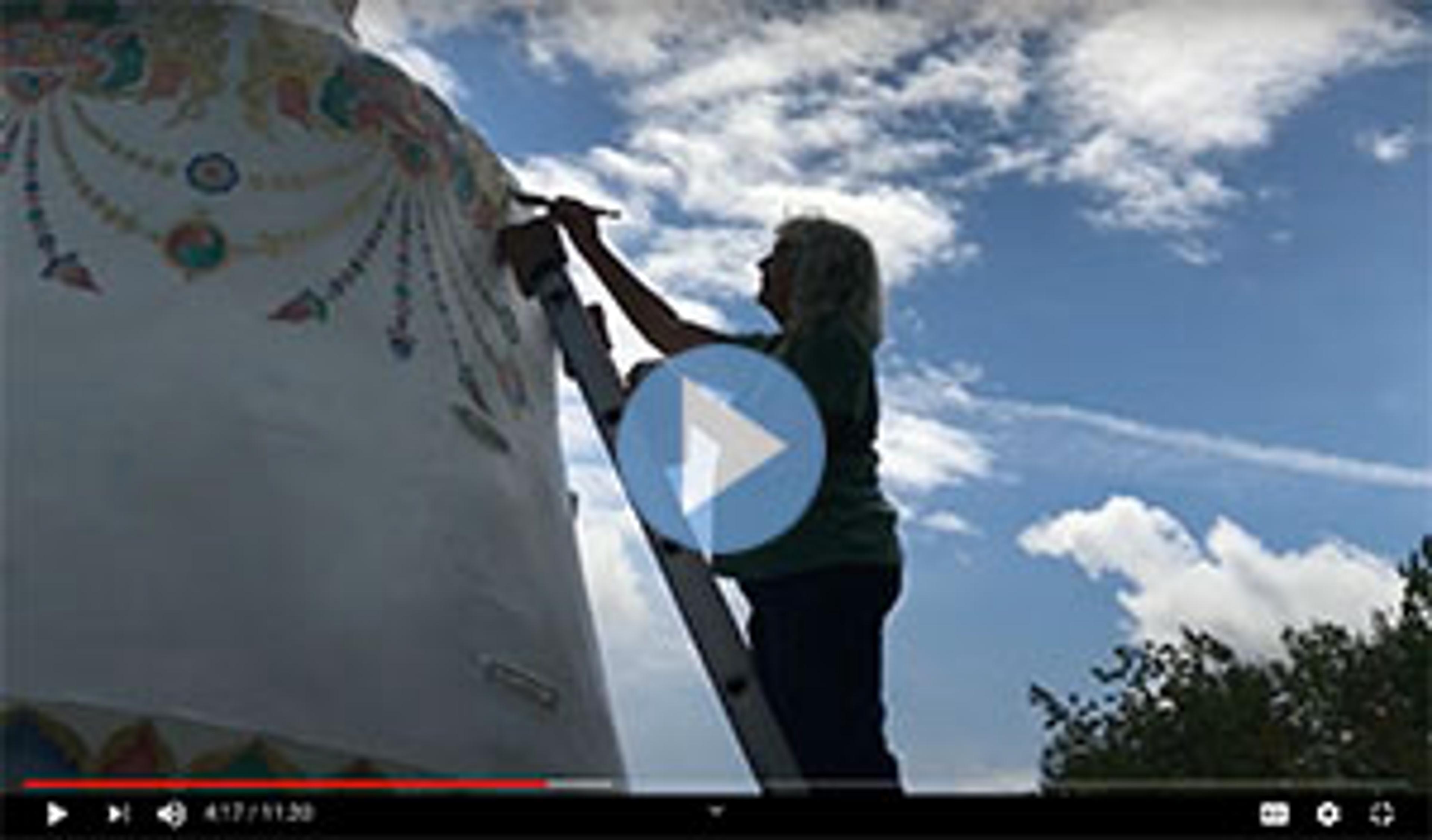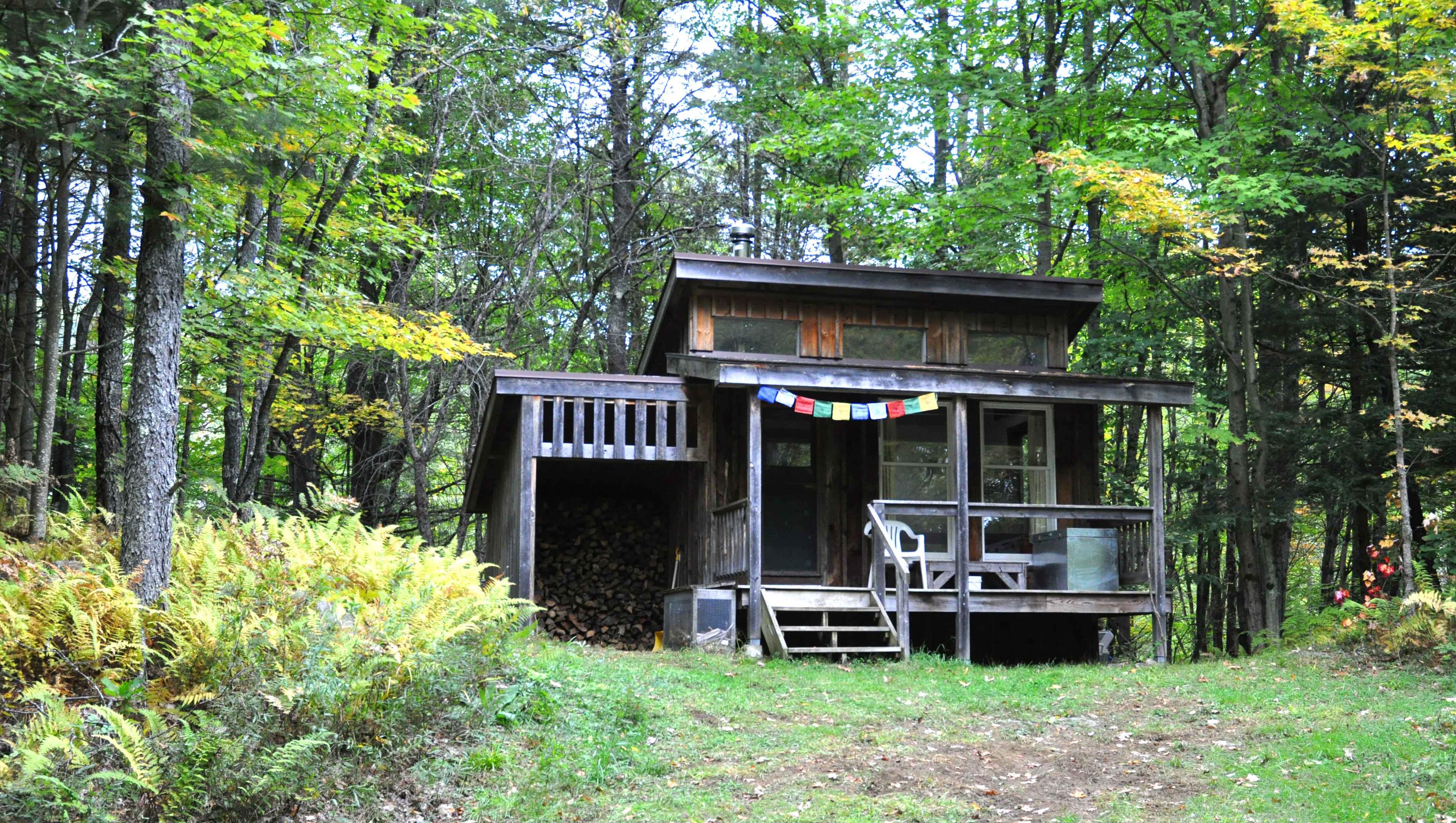
I had a retreatant one winter who I’ll call Jim. He’d been coming to Karmê Chöling for solitary retreats for decades. And Jim had this retreat thing down — you could tell by his luggage. The heavy, compact crates of dry food I loaded onto the Polaris that morning had enough calories to last him a month.
Jim was 80-plus years old and very fit — with the one-pointed sharpness of an icicle. Yet he shared concerns that he might not live to the end of his retreat.
Maybe statements like that should concern me more than they do. But personally, I can think of worse ways to go than sitting on a cushion, a warm fire at my back, in a quiet pine-and-maple forest in rural Vermont.
And he didn’t seem alarmed about it. He just wanted me to know.
Still, he and the Retreats Master developed a system so we could tell if Jim was alive and well, without disturbing his solitude. He agreed to clip a note to a wooden post at the end of the path every morning, to tell us how he was doing. If there was no note, I was free to approach and investigate.
If you don’t already know it, a Retreats Assistant — which was my job title at the time — hauls water and people and dharma up the hill to solitary cabins in the woods. They offload luggage, build a fire, and then open the cabinet doors one by one, like a magician’s assistant, as if silently saying, “Inside, you’ll find all that you need.”
Then we leave them alone for a week or so to fall through space.
Jim’s solitary retreat would last 28 days.
When we got up to his cabin, which is called Great Eastern Sun, Jim’s body language told me there was no need to come inside and explain how a cabin works. In fact, I think he could have told me quite a bit that I didn’t know about our solitary retreat cabins. I hefted the dry goods onto the porch and left several seven-gallon jugs of water in the snow for him to carry inside. They’re nearly 60 pounds each, but I watched Jim take a handle in each hand, straighten his knees and steadily walk up the steps and disappear into his cabin.

||| Apply for a solitary retreat at Karmê Chöling.
The snow was pretty deep that month, and I really enjoyed my daily trips swishing up the hill to retrieve notes from Jim and go about my business supporting other retreatants. Each day I was happy to learn that Jim was doing well — and was very alive.
I would see him some mornings walking near the Purkhang. You get in the habit of not engaging with retreatants, since most are practicing noble silence. Some are in deep retreat, and close all the curtains so they never see you when you replenish supplies. Others will smile and wave to you as the Polaris groans past on the trail, and then you know it’s OK to smile and wave back.
Jim usually had a camera with him on his walks, and would look at me through the lens, following my progress as I swooshed around a bend.
A retreatant will leave a note if they need more water or if they’ve forgotten toothpaste or are requesting a dharma book. Jim’s notes were no different — except for the part where he would tell us he was still alive. He had run out of raisins, could I bring some? One time he wrote that “the coyotes were in fine voice last night.”
But each day, for 28 days, he always began each note the same way.
“Jim Pearce is OK in Great Eastern Sun.”
Related Pages
Was this helpful?
Share This



